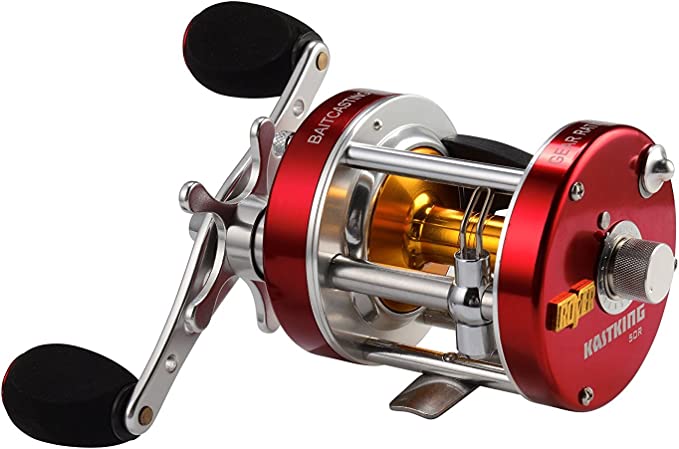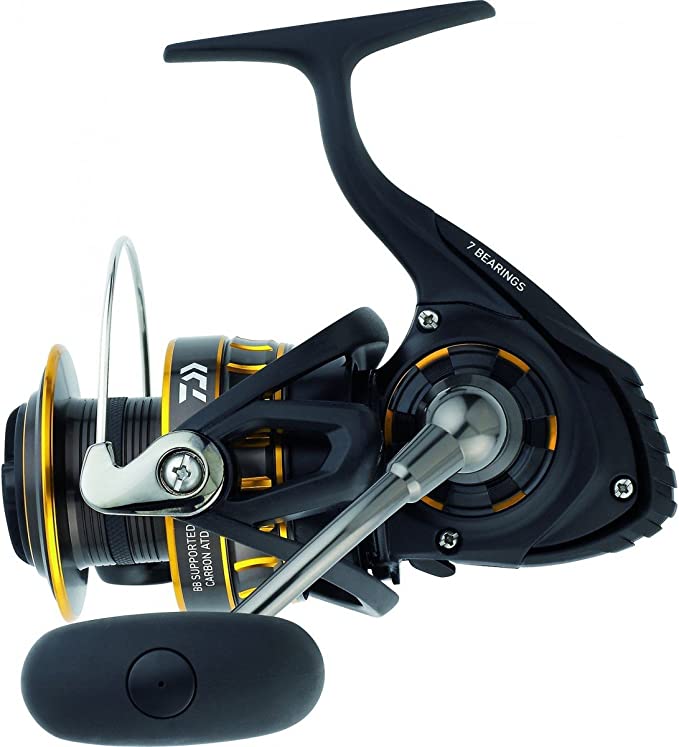The Physics of Scale: Engineering Water Security with LifeStraw Community
Update on Nov. 18, 2025, 9:55 p.m.
In the engineering of public health, scale is the ultimate challenge. Filtering water for a hiker is a matter of ounces; filtering water for a school or a refugee camp is a matter of Hydrodynamics and Logistics. The LifeStraw Community Autofill represents a shift from personal survival gear to decentralized infrastructure. It is not just a big filter; it is a gravity-driven water treatment plant.
To understand how this static unit can process 100,000 liters of water without electricity, we must delve into the physics of Ultrafiltration (UF) and the mathematics of Log Reduction.

The Molecular Sieve: Hollow Fiber Membrane Physics
At the core of the LifeStraw Community is a cartridge packed with Hollow Fiber Membranes. Imagine thousands of microscopic straws, each with porous walls.
* Pore Size: The pores in these fibers are approximately 0.02 microns (20 nanometers).
* The Exclusion Principle:
* Bacteria (E. coli): ~0.5 - 2.0 microns. Too fat to pass.
* Protozoa (Giardia): ~10 - 15 microns. Massive giants, easily blocked.
* Viruses (Rotavirus): ~0.07 microns (70 nm). This is the critical threshold. Standard 0.1-micron filters let viruses through. The 0.02-micron pore size of the LifeStraw Community creates a physical barrier even for these nanoscale pathogens.
This is Size-Exclusion Filtration. Unlike chemical treatment (chlorine), which relies on reaction time and concentration, membrane filtration is binary: if the particle is bigger than the hole, it cannot pass. Physics does not negotiate.
The Mathematics of Safety: Log Reduction Value (LRV)
In microbiology, “safe” is a statistical probability. We measure efficacy in Logs. * 3-Log Reduction (99.9%): Standard for protozoa. * 4-Log Reduction (99.99%): Standard for viruses (EPA requirement). * 6-Log Reduction (99.9999%): Standard for bacteria (EPA requirement).
The LifeStraw Community meets or exceeds the WHO “Highly Protective” standard. This means for every 1,000,000 bacteria entering the system, only 1 might survive. This statistical rigor is essential when dealing with high-risk populations (schools, hospitals) where a single outbreak can be catastrophic.

Hydrodynamics: Gravity as the Engine
How do you push water through 0.02-micron pores without an electric pump? You use Transmembrane Pressure (TMP) generated by gravity.
The upper tank of the LifeStraw Community holds 25 liters of untreated water. This water column creates hydrostatic pressure ($P = \rho g h$).
* The Head Pressure: The height difference between the water level in the dirty tank and the filter cartridge drives the permeation.
* Flow Rate Decay: As the filter captures contaminants, the pores clog, increasing resistance. The flow rate naturally drops. This is not a failure; it is physics working. The Autofill mechanism helps maintain a constant head pressure (by keeping the top tank full), ensuring consistent flow output compared to a manually filled unit that empties out.
Fighting Entropy: The Backwash Mechanism
All filters eventually clog (fouling). In a hollow fiber system, the contaminants accumulate on the outside of the fibers (or inside, depending on flow direction).
The LifeStraw Community features a Built-in Backwash Handle.
* Fluid Reversal: Pulling the handle reverses the pressure gradient. Clean water is forced backward through the membrane pores.
* Shear Force: This reverse flow creates shear forces that dislodge the “filter cake” (accumulated bio-film and silt) from the membrane surface. This waste water is then drained from a separate outlet.
Regular backwashing is the only way to combat entropy and maintain the flux of the membrane over its 100,000-liter lifespan.

Conclusion: Infrastructure in a Box
The LifeStraw Community Autofill is a triumph of appropriate technology. By replacing complex pumps and chemicals with passive membrane physics and gravity, it creates a sustainable node of water security. It acknowledges that in the long run, the only reliable energy source is gravity, and the only reliable barrier is a hole too small for the enemy to fit through.




















